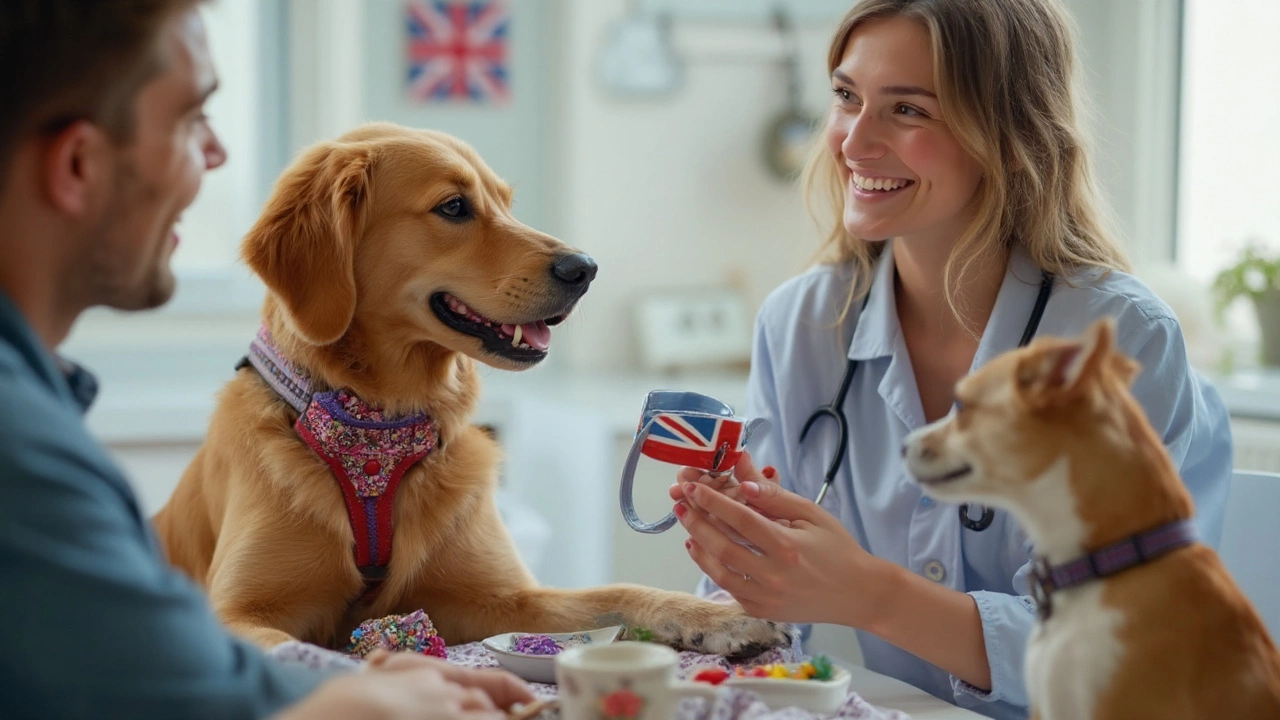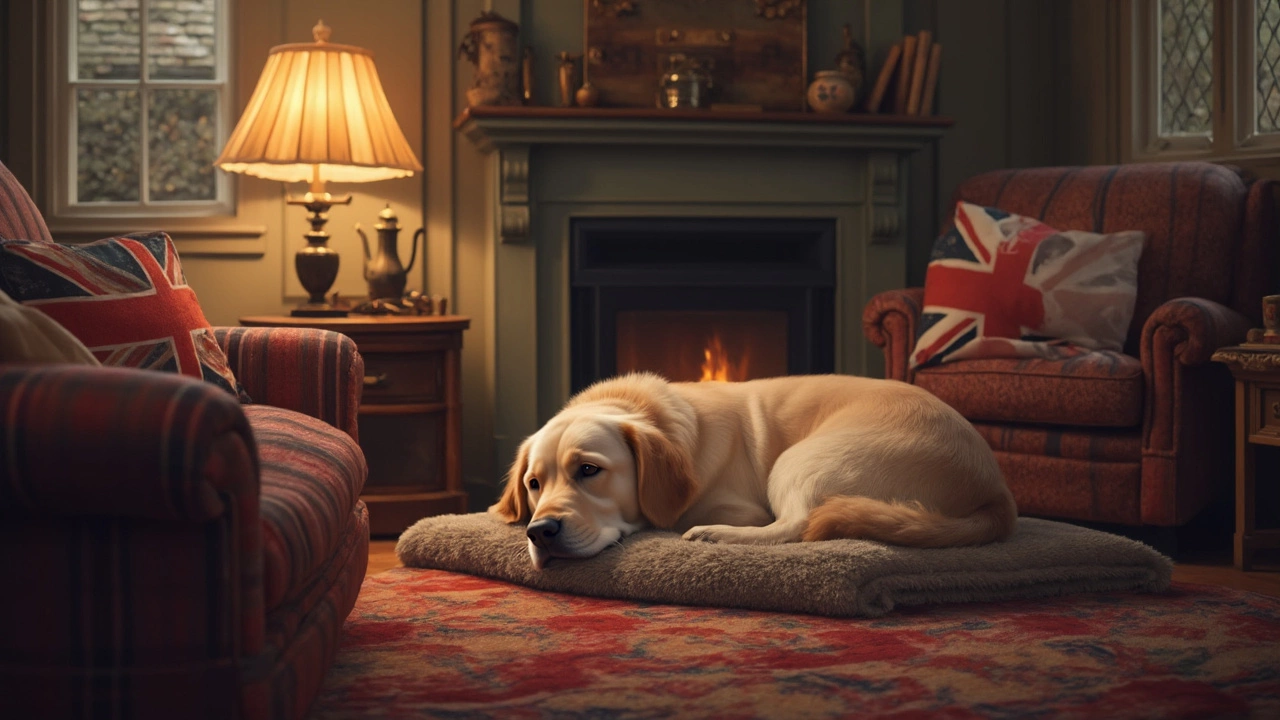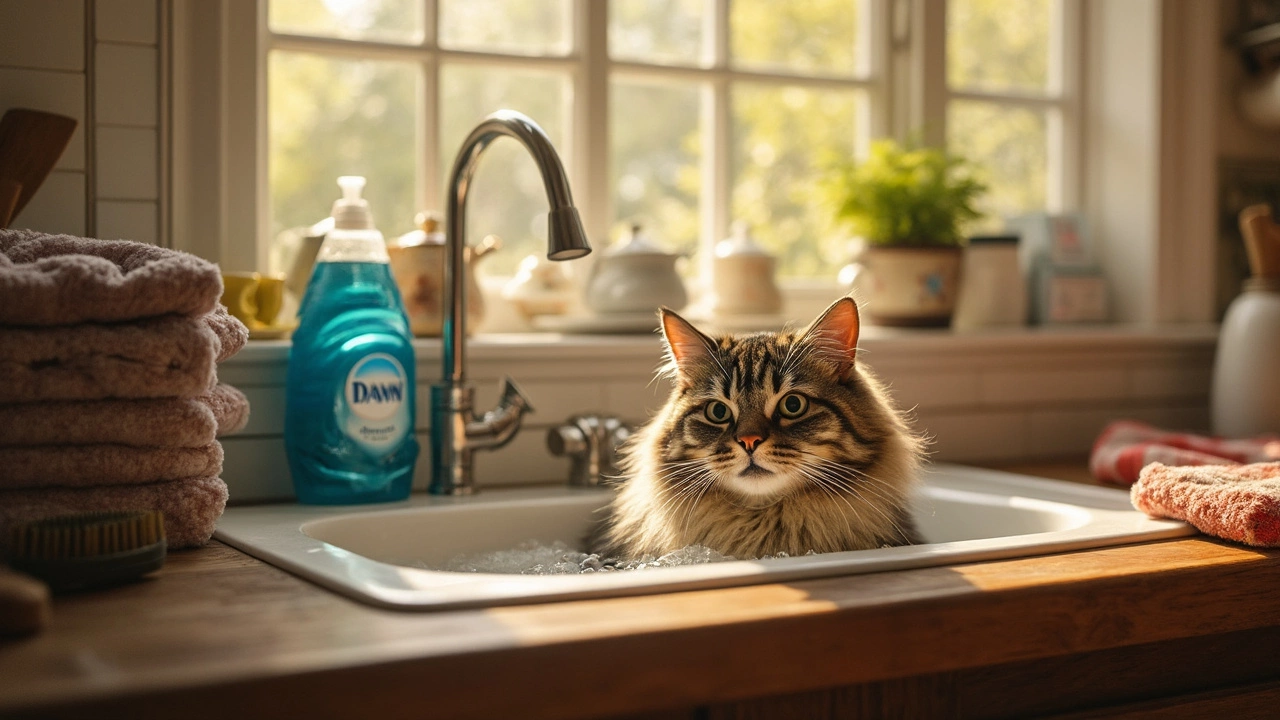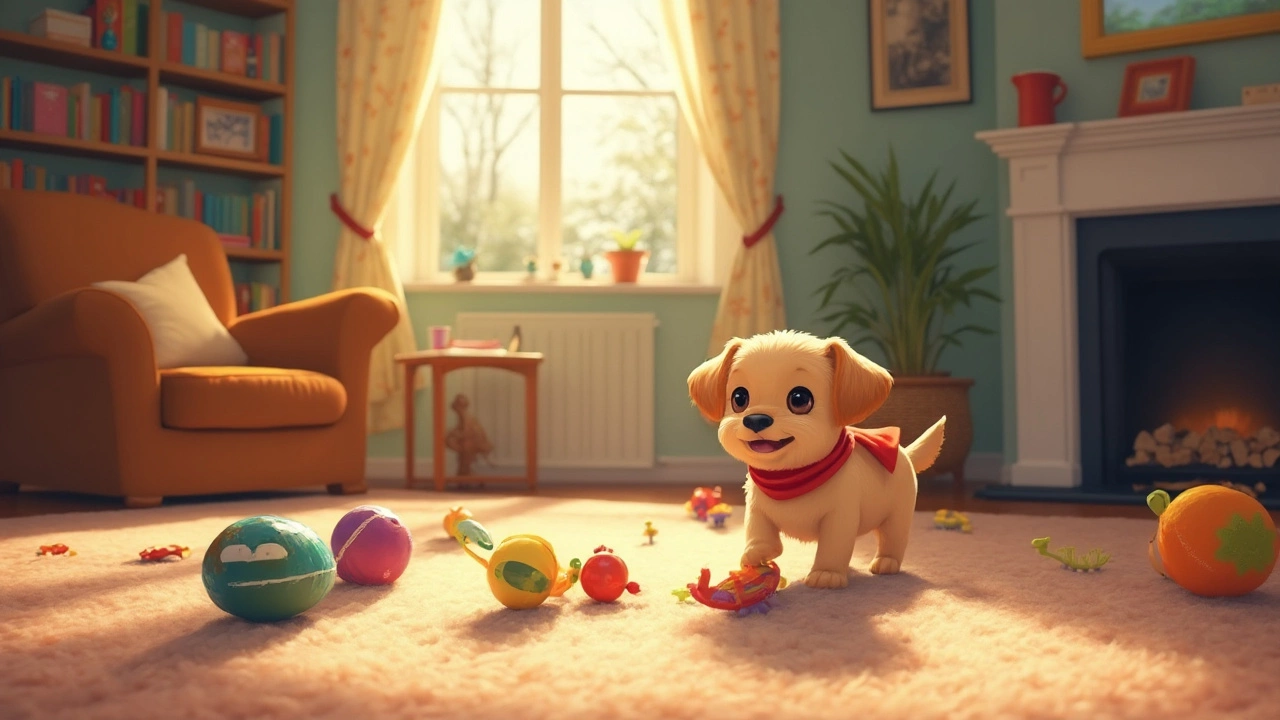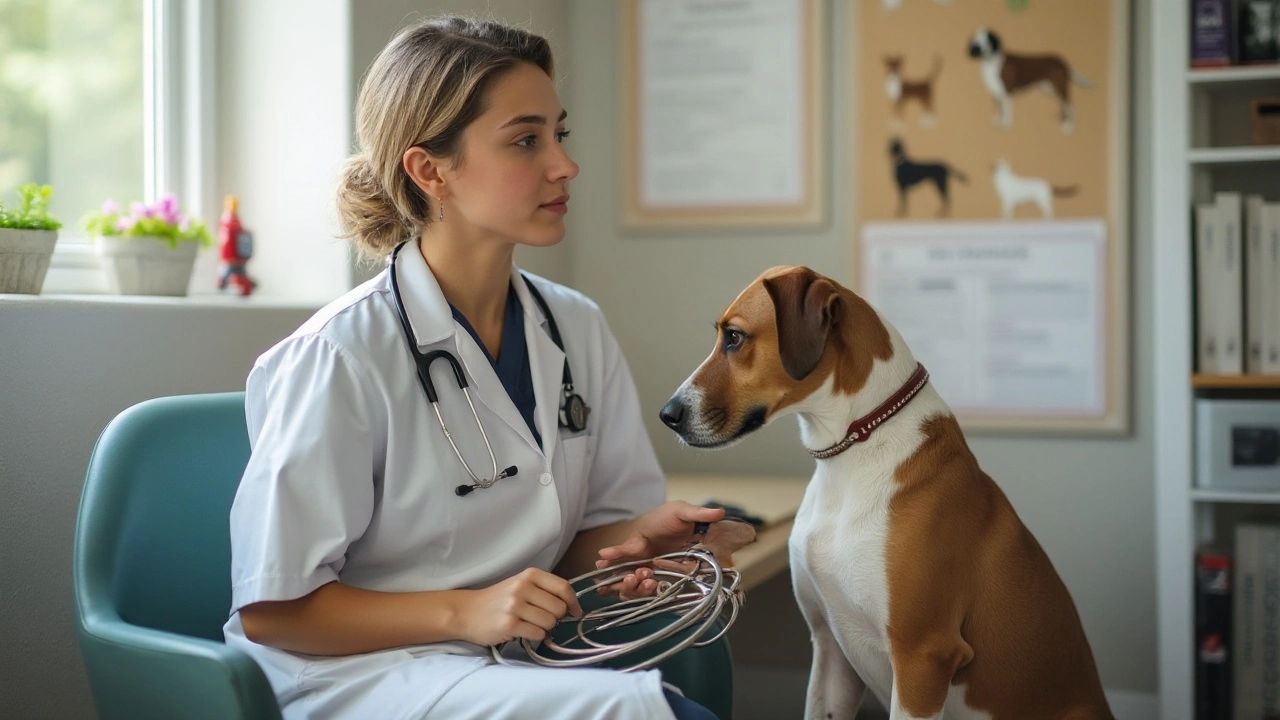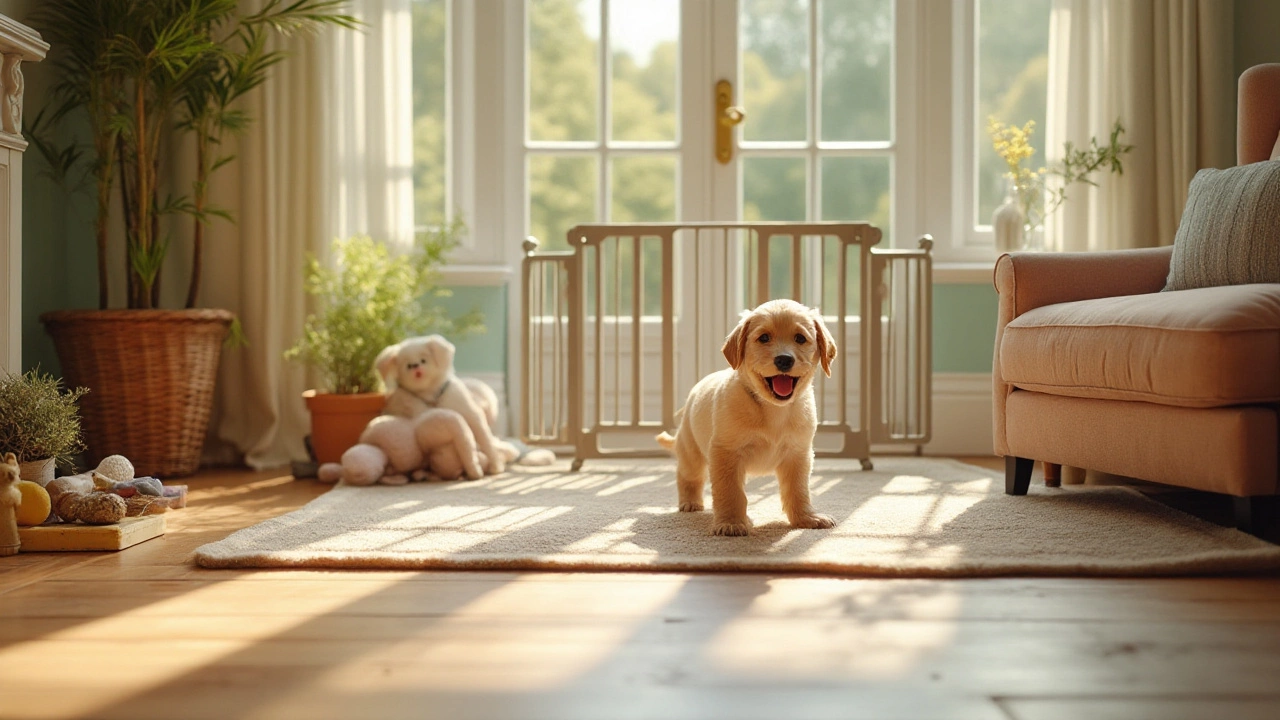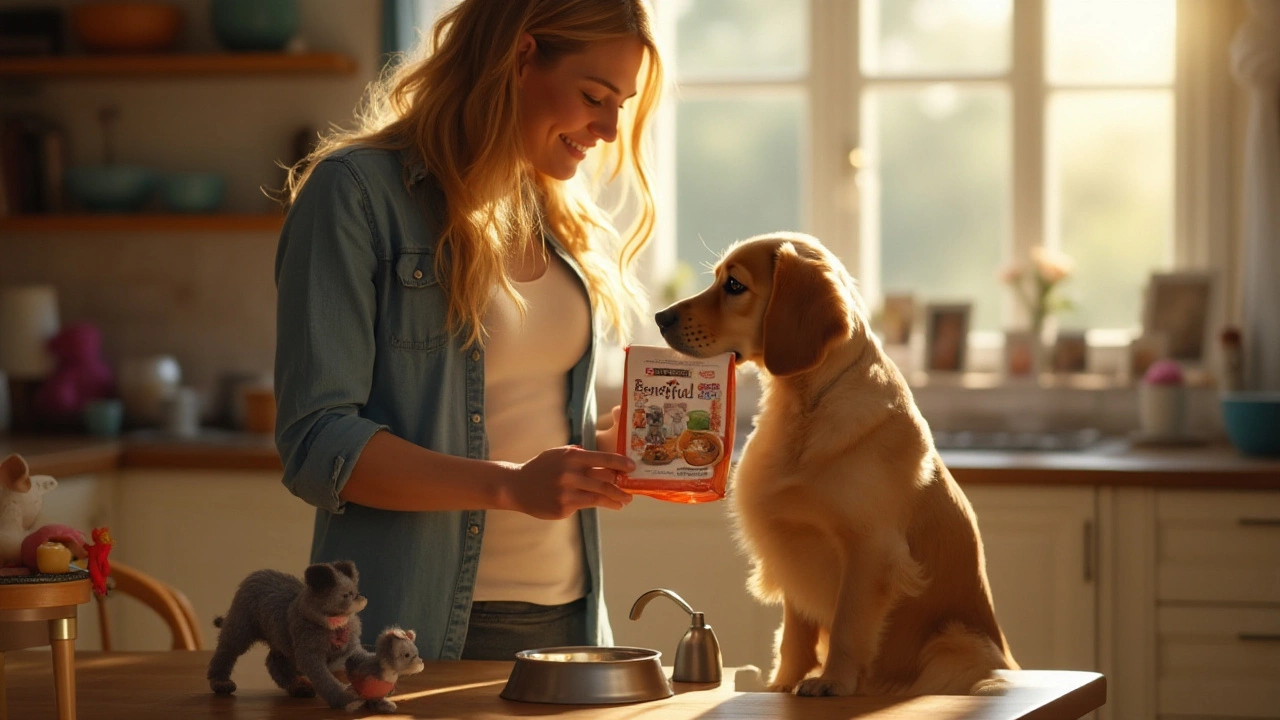Pet Safety – Simple Ways to Keep Your Pets Safe
Every pet parent wants their furry friend to stay happy and unharmed. The good news is that most accidents happen because we miss easy fixes. Below you’ll find straight‑forward steps you can start using today, whether your dog is lounging on the sofa or your cat is exploring the garden.
Home Safety Basics
First, scan the rooms where your pet spends most time. Loose cords, houseplants like lilies, and small objects such as buttons are hidden dangers. Keep electrical cords tucked away or covered, store toxic plants out of reach, and sweep up anything a curious nose could swallow. A quick 5‑minute sweep each day cuts down the risk of choking or burns.
Next, think about food and cleaning products. Human snacks like chocolate, grapes, or onions can be deadly for dogs and cats. Use child‑proof cabinets for detergents, and rinse any dishes that have food residue before placing them in the pantry. If you have a pet‑friendly bowl, label it so no one accidentally fills it with harmful leftovers.
Travel and Outdoor Safety
When you head out, a proper collar or harness makes a world of difference. A well‑fitted, breakaway collar keeps identification on your dog while letting it slip free if it gets caught on a branch. For cats that love to roam, a lightweight harness and a reflective tag help you spot them quickly in low light.
Car rides need a secure crate or a pet seatbelt. A crate prevents your pet from jumping on the dashboard, while a seatbelt harness keeps them snug in case of a sudden stop. Pack a travel kit with water, a bowl, waste bags, and any medication – it’s easier than scrambling for supplies mid‑journey.
Outdoor walks are fun, but they can hide hazards. Check the path for broken glass, sharp sticks, or pesticides before you set off. Keep your dog on a short leash in busy areas, and bring a leash for your cat if you’re taking it to a park. A quick visual scan and a short leash can stop a potentially dangerous encounter.
Grooming and bathing also need safety checks. Use a non‑slip mat in the tub so your pet doesn’t slide, and test water temperature with your wrist before pouring it over fur. Choose pet‑specific shampoos; human products can irritate skin and eyes. Trim nails carefully – a small clipper and a calm voice keep the job painless for both of you.
In case of an emergency, a pet first‑aid kit is a lifesaver. Include gauze, tweezers, an antiseptic spray, and a copy of your vet’s contact info. Know the signs of heatstroke, poisoning, and choking, and practice the basic steps for each. A quick response can turn a scary moment into a manageable one.
Finally, keep a simple safety checklist on your fridge: check cords, secure chemicals, verify collar fit, and pack travel kit before every outing. Reviewing the list each week only takes a minute and helps you stay ahead of hidden risks.
- Morgan Ainsworth
- 0 Comments
Collar vs Harness: What Do Vets Really Recommend for Dogs?
Curious if vets recommend collars or harnesses for walking dogs? Get the facts on comfort, safety, and health, so you can make the best choice for your furry friend.
View More- Morgan Ainsworth
- 0 Comments
Should You Take Your Dog's Collar Off at Night?
Wondering if you should remove your dog's collar at night? This article delves into the pros and cons of taking off your dog's collar while they sleep. We explore safety, comfort, and hygiene aspects, offering insights for responsible pet ownership. Learn practical tips on when and why it might be beneficial to let your dog snooze collar-free.
View More- Morgan Ainsworth
- 0 Comments
Can I Use Dawn to Wash My Cat? Here's What You Need to Know
Ever wondered if you can use Dawn soap to clean your cat? While Dawn is known for its grease-cutting properties, figuring out its safety for pet grooming is crucial. This guide unpacks whether it's a good idea, what experts suggest, and essential tips for safely bathing your feline friend. Understanding proper cleaning methods ensures your cat stays healthy and happy.
View More- Morgan Ainsworth
- 0 Comments
Can I Leave My 10-Week-Old Puppy Home Alone?
Leaving a 10-week-old puppy home alone can be tricky, but understanding their needs for company, safety, and entertainment is crucial. Puppies this young are still getting used to their environment, and leaving them alone requires thought and preparation. This article explores the importance of suitable toys, the benefits of crate training, and offers practical tips for ensuring your puppy stays safe and happy. Discover how to make your puppy's alone time positive by engaging their curiosity and energy. Equip yourself with the knowledge needed to handle your puppy's independence with confidence.
View More- Morgan Ainsworth
- 0 Comments
Do Veterinarians Advocate the Use of Prong Collars for Dogs?
Prong collars are a contentious tool used in dog training. The veterinary community is divided in its stance, with some advocating for their use under professional guidance, while others warn about potential harm to a dog's physical and emotional well-being. This article explores the roles of prong collars, how they are viewed by veterinarians, and provides guidance on safe and effective dog collar options.
View More- Morgan Ainsworth
- 0 Comments
Finding the Right Balance: Should You Let Your Puppy Roam Freely at Home?
Determining whether you should let your puppy roam freely in your house involves understanding the balance between freedom and safety. Puppies are curious and adventurous, often getting into mischief when left unsupervised. It is crucial to create a safe environment that allows exploration while offering boundaries. Implementing gradual freedom encourages positive behavior and independence, fostering a healthy relationship with your new furry friend.
View More- Morgan Ainsworth
- 0 Comments
Understanding the Lawsuit Against Purina Beneful Dog Food: Key Insights
Purina Beneful has faced legal scrutiny over certain ingredients in their dog food that some pet owners believe led to health issues in their pets. This article delves into the details of the lawsuit, addressing the claims against Beneful, the company's response, and what this means for concerned pet owners. It also provides insights on pet food safety and tips for choosing the best food for your dog. A read for every pet owner aiming to keep their furry friend healthy.
View More
